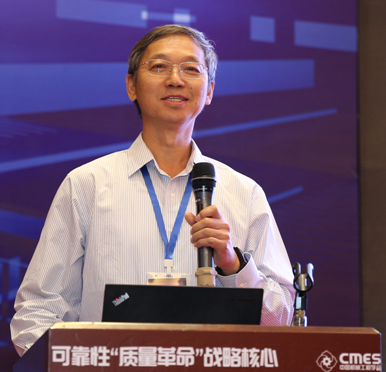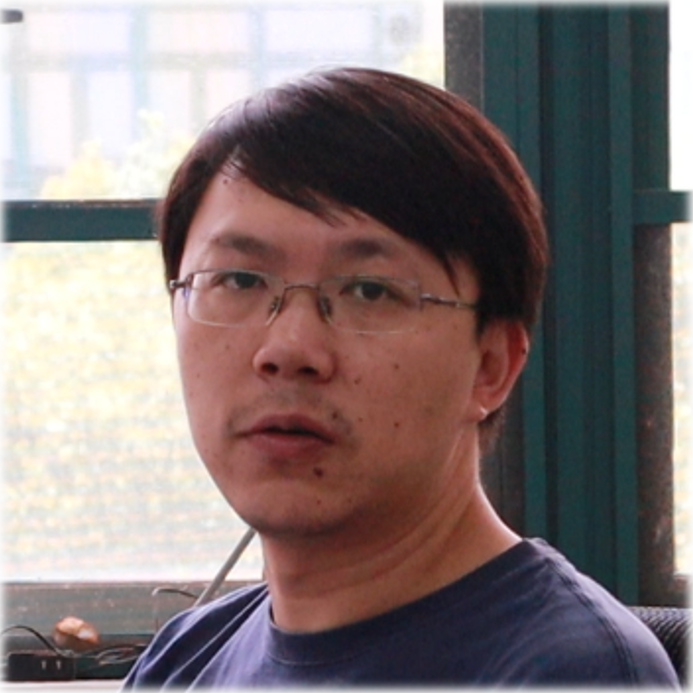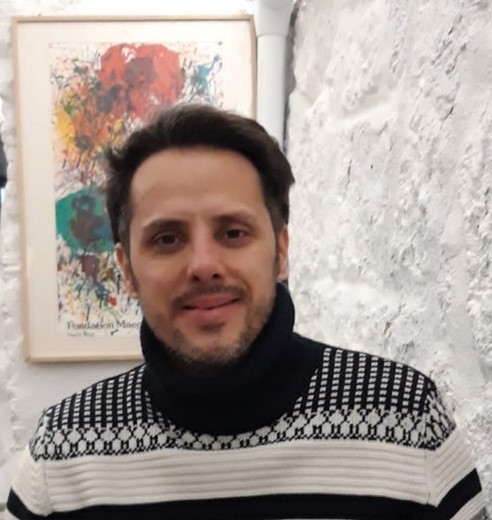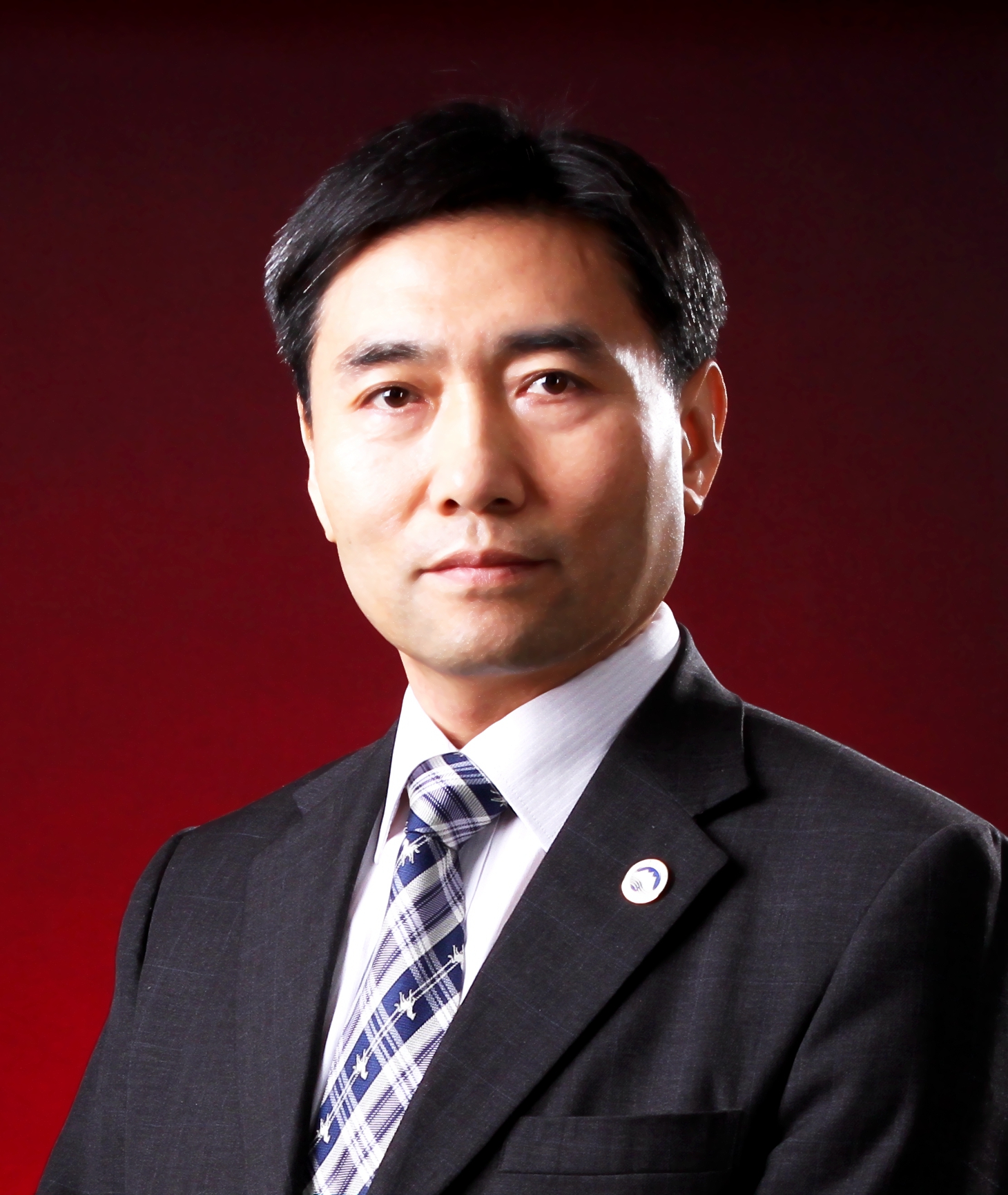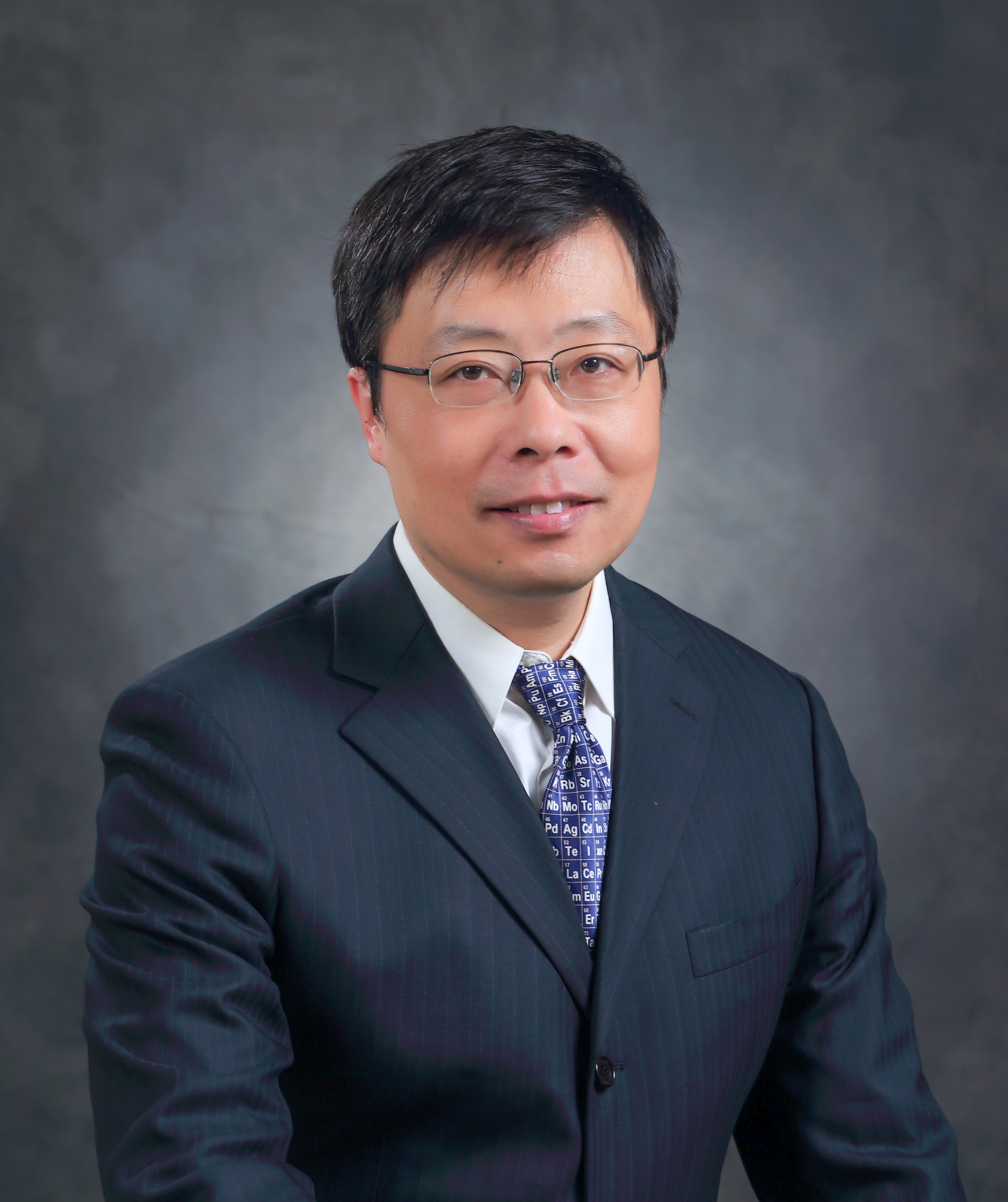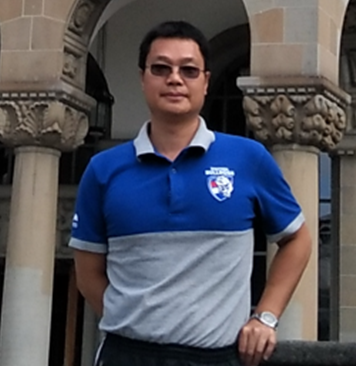Prof. Liyang Xie
School of Mechanical Engineering,Northeastern University, China
Speech Title: On Probability Distribution of Material Strength and Robust Parameter Estimation
Abstract: Material strength is a random variable with a threshold much greater than zero. Therefore, the commonly used normal distribution, log-normal distribution and two-parameter Weibull distribution are not appropriate. This paper uses the three-parameter Weibull distribution to describe material strength, presents a simple parameter estimation method according to small size samples. The method is based on the error performance that the differences between the scale parameter values calculated with the different sample values based on erroneous location parameter values and shape parameter values are the parameter values dependent. By minimizing the differences, the right location parameter and parameter are identified, and the scale parameter is obtained. To guarantee the robustness of the parameter estimation result, a robust minimum value critical is applied. Simulated parameter estimation results show that this method is better than the conventional maximum likelihood method and least squares method.
Keywords: Material strength, Three-parameter Weibull distribution, Parameter estimation, Small size of sample.
Assoc. Prof. Xu Li
Hubei Key Laboratory of Theory and Application of Advanced Materials Mechanics,School of Science, Wuhan University of Technology, China
Speech Title: Experimental Study and Characterization on the Mechanical Behavior of Uncured Rubber under the Planar Tensile Deformation
Abstract: The overall mechanical behavior of uncured carbon black filled rubber was investigated under planar tension at finite deformation. Experimentally, thin sheet specimens were manufactured and submitted to different scenarios of cyclic tensile loading. A non-contact optical technique, called Automated Grid Method, was employed to get the uniform deformation in the center region of rubber sample, while the displacement of whole field is heterogeneous in planar test. Consequently, the precise stress-strain responses at different strain rates were achieved. These results indicate the complicated properties of uncured rubber associating with hyper-elasticity, viscous flow, hysteresis and Mullins effect, which are almost dependent on strain rate. On the other hand, by decomposition of kinematics taking into account the hyper-elastic energy storage and plastic flow criterion, an improved parallel network model was put forward to characterize the nonlinear mechanics of this material. The fitted results consist well with the measured curves of both planar and uniaxial cyclic tests. Moreover, the prediction ability of constitutive model was evaluated by comparison with data issued from the single loadings and relaxation conditions. This work would be beneficial for gaining a satisfactory understanding on the multi-modes performance or mechanism of uncured rubber materials.
Dr. Enrico Zacchei
ITECONS Institute, Coimbra, PortugalSpeech Title: Dynamic Interactions between Vehicles and Bridge: Examples for Concrete and Steel Bridges
Abstract: This presentation regards the dynamic interactions between vehicles and bridge. 3D coupled models to simulate vehicle-bridge interaction (VBI) for estimating its structural responses and impact factors (IMs) will be discussed. By structural health monitoring (SHM), with building information modelling (BIM) of a real bridge, several data can be collected to calibrate the finite element model (FEM). Modified recent analytical equations, which account for the effects of the asymmetric two-axle vehicles, were also developed for this purpose. All these types of models provide the displacements, velocities and accelerations of the bridge and vehicles. From codes and literature, it is shown that a unique IM factor is not found. Also, most approaches underestimate the dynamic responses for bridges. Therefore, the challenge, to design modern resilient infrastructures, consists in fitting the SHM with FEM and analytical solutions to find more appropriate responses. An example for concrete and steel bridge will be shown.
Prof. Lei Wang
Northeastern University, ChinaSpeech Title: Tensile Deformation Behavior and its Mechanism of Inconel 718 Superalloy with Electric-pulse Current Processing
Abstract: In order to improve the hot working plasticity of Inconel 718 superalloy, the electric-pulse current (EPC) was applied during tensile testing. The results show that EPC induces the decreasing of tensile flow stress and the improving of plasticity compared with that without EPC. The flow stress increases/decreases instantaneously with removing/recovering EPC during tensile testing. It is found that the thermal vibration of atom enhances leading to decreasing of Peierls stress with in-situ EPC, which is the essential factor on flow stress decrease. Although, with in-situ EPC, the γ′′ phases are induced to precipitate and then grow up, resulting in changing dislocation motion mode with γ′′ phase. And dynamic recrystallization has assisted on the alloy softening, which leads to flow stress decrease during deforming. EPC induces grain boundary strengthening at high temperature, the granular δ phases pin and enhance the grain boundary. The inside grain γ′′ phase is induced to transform to δ phase at high temperature. When the alloy deformed with EPC, both increasing of defect concentration and atom energy account for γ′′ phase growing up and δ phase precipitating on grain boundary in the alloy deformed with EPC.
However, when the Inconel 718 superalloy was aged with EPC primarily, then the tensile properties were examined at high temperature. It is found that the yield strength, the ultimate tensile strength and total elongation increase simultaneously of the alloy aged with EPC compared with normal aged. Compared with normal aged, γ′′ phases precipitate along dislocation in chain morphology and granular δ phases pin on the grain boundary in the alloy aged with EPC. The Joule heat effect enhances in the area with dislocation induced by EPC which leads to γ′′ phase nucleate and precipitate along dislocation. Vacancy concentration increase leads to yield strength increasing at the initial deforming. And the vacancies induces ultrafine nm-sized γ′′ phase to precipitate from γ matrix with a dense distribution during tension deformation at high temperature, which is the key factor on improving both strength and ductility.
Keywords: Electric pulse current, Deforming behavior, Inconel 718 superalloy, γ′′ phase, δ phasephase.
Dr. Yuan Chen
School of System Design and Intelligent Manufacturing,Southern University of Science and Technology, China
Speech Title: A Novel Method for Modelling 3D-printed Continuous Fibre Composite Structures
Abstract: Currently, 3D printing technology becomes increasingly important and convenient to easily achieve new continuous carbon fibre (CCF) composite structures. However, the 3D-printed CCF composites usually compose not only complex structural geometries but also nonuniform fibre paths with variable mechanical properties and multiple constituents, impeding their effective modelling and analysis for engineering applications. This study developed a novel numerical method to calculate the damage behaviours of 3D-printed CCF reinforced omposites when there are additional short carbon fibre (SCF) composite components employed for continuous printing or special functionality. First, a progressive failure model using Hashin failure criteria with continuum damage mechanics to account the damage initiation and evaluation of 3D-printed CCF reinforced polyamide (PA) composites, and an elastic plastic model was deployed to predict the plastic damage behaviours of SCF/PA parts. The accuracy of the new modelling method was validated. The results demonstrate that the matrix tensile and compressive damage are the key damage mechanisms. This study provides a new approach with valuable information for characterising complex 3D-printed continuous fibre-matrix composites with, i.e., variable mechanical properties and multiple constituents.
Prof. Feng Ye
State Key Laboratory for Advanced Metals and Materials,University of Science and Technology Beijing, China
Speech Title: Enhancing Formability of FeSi6.5 Steel by Anodic Polarization
Abstract: The effect of anodic polarization on plastic deformation behavior and formability of FeSi6.5 steel at room temperature was experimentally investigated through uniaxial tensile and drawing of wire specimen in sulfuric acid solution with current densities of 0–40 mA/cm2. The formability of the FeSi6.5 steel was significantly improved after the anodic polarization. The plastic elongation of the specimen as an anode in the electrochemical environment was 4.4%–7%, but 2.7% in the air. The softening is mainly attributed to the relief in work hardening caused by surface atomic dissolution. The effects of surface dissolution on dislocation activation in the FeSi6.5 steel are quantitatively studied by analyzing the stress relaxation data using the thermal activation theory of dislocation. The stressed FeSi6.5 steel sample in acid solutions (H2SO4 or HCl) exhibits a much higher rate of stress reduction with time compared with that in air or deionized water. The analyses reveal the mechanism for the accelerated plastic flow induced by the corrosive medium. The variations of these parameters are related to the relaxation of the stress field of dislocations and the weakening of interaction between slip dislocations and short-range obstacles. The chemomechanical effect, including a reduction in apparent activation energy and a decrease in waiting time for dislocation to obtain sufficient thermal activation energy to cross obstacles, causes an increase in the stress relaxation rate (plastic strain rate). The study confirms that surface dissolution accelerates the plastic flow of metals and supports the view that surface dissolution facilitates dislocation slip.
Keywords: FeSi6.5 steel, plastic deformation, anodic polarization, Voce equation, stress relaxation rate
Acknowledgements: This research was funded by the National Natural Science Foundation of China (52171096), and the Zhangjiagang Science and Technology Project (ZKCXY2116)
Prof. Jun Fu
Department of Harbor & Structure,Wuhan University of Technology (WUT), China
Speech Title: Preliminary Study on the Fiber Reinforced Cement Slab Incorporating Solid Waste Phosphogypsum-Glass Beads-POM Fibers
Abstract: The fiber reinforced cement slabs are non-load-bearing insulating products, in which cement could be replaced for carbon reduction. Phosphogypsum (PG) is an industrial by-product gypsum obtained from wet process production of phosphoric acid, and it is one of the largest solid waste emissions in the chemical industry. First, we prepared the modified phosphogypsum slag (MPS) with phosphogypsum, cement, and slag powder. Then the content of solid waste phosphogypsum with 10%, 20%, 30% and 40% in fiber reinforced cement slab was tested. When MPS was mixed at 30% of the cement mass, the strength of the specimens at all ages still meet the requirements, thus achieving the best balance between solid waste utilization and performance requirements. In addition, glass beads and POM fibers were also considered to improve the mechanical property of fiber reinforced cement slabs. The CT scanning and X-ray test results showed there was good bonding between the POM fibers and the phosphogypsum slag-cement mortar matrix. The hollow glass beads were evenly distributed in the matrix, filling the pores, and there was no agglomerative consolidation, which greatly improved the microscopic pore characteristics and helped to improve the crack resistance and ductility of the material. Also, a 3D finite element model containing POM fibers and hollow glass microbeads was built to analyze the micro property. The ductility of the specimens increases with the addition of HGM.This indicates that the addition of HGM can significantly improve the resistance of the specimens to freeze-thaw damage. This study can provide a reference for the basic mechanical properties of modified phosphogypsum-hollow glass beads-fiber cement matrix composites.
Keywords: Fiber-reinforced cement slab, Modified phosphogypsum slag, Hollow glass beads, Freeze-thaw cycle, Flexural strength.

